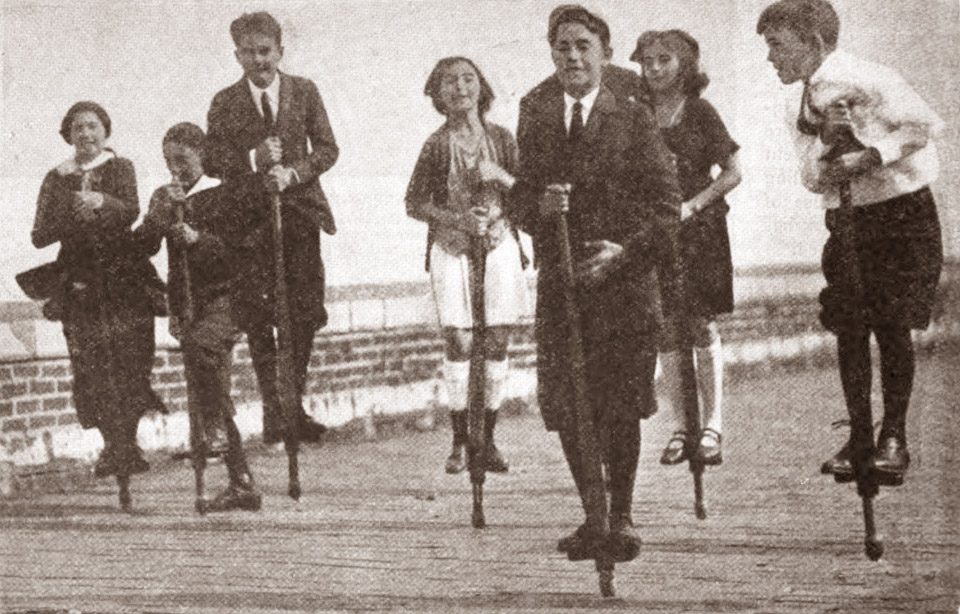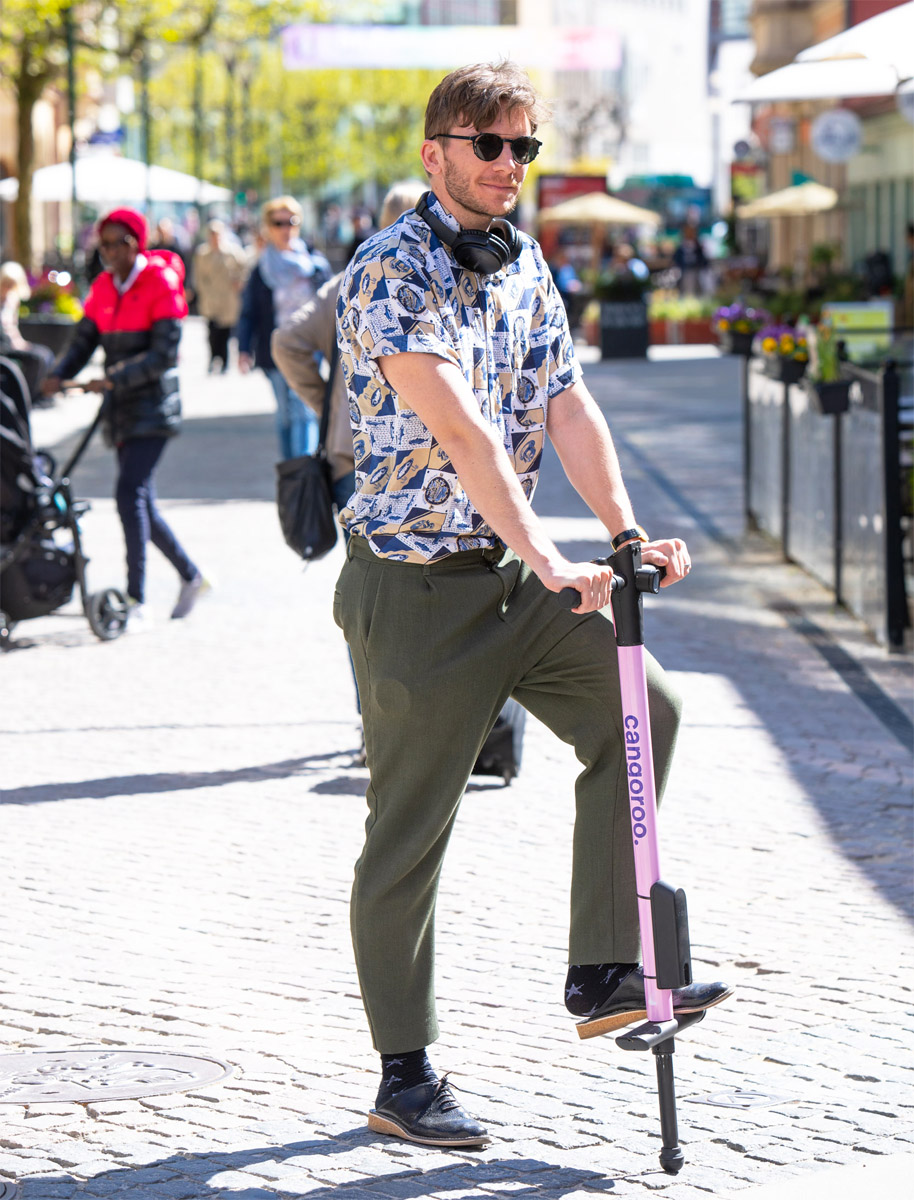Pogo to Go-Go
 |
|
|
 |
|
|
 |
|
|
Behold the carefree pogo stick, that bouncy, fun-filled, nerve-jarring creation with roots and popularity reaching back to the mid-century. Then imagine yourself hopping on one each morning, as you vault out the front door and merrily 'pogo' your way to the office.
Ready to spring for that concept?
Well, that's the gamble being bounced out there this summer by a startup in six metropolises worldwide, including San Francisco.
Attempting to capitalize on a small spike in popularity for the spring-loaded stick, Cangoroo, a company based in Malmö, Sweden, is also hoping to hitch a ride on the road traveled by fast-growing e-scooter providers such as San Francisco-based Lime.
Cangoroo CEO Adam Mikkelsen, in a recent email interview, complained about some reports that have "misunderstood our end vision."
"The reason we chose pogo sticks as our first product [apart from that we do see them being appreciated] is to find a way to stand out in the generic micro-mobility market," he explained.
"Just like most e-scooter companies, the actual vehicle is quite generic and can be bought by the end consumer. What we're adding is simply the software and hardware to make it shareable."
Like many a mid-century toy craze, the pogo stick fell on some lean times in the late 20th century. The device was actually invented in primitive form in Kansas in 1891 and then refined in Germany during the 1920s. Still, it took until 1957 before designer George Hansburg added the double-handled design and the iconic name, supposedly inspired by a Burmese family who employed such a device to get to temple for worship.
Then, about the time the micro-mobility market began to blossom for what became known as 'last mile transportation,' improved technology made an extreme sport out of pogoing, dubbed XPogo. Although Mikkelsen says his team was unaware of the sport until recently, he concedes it could be "a very important player to popularize pogo sticks."
Of course, Cangoroo is not planning to use the extreme sticks, which are capable of ten-foot height and tricks like flips that highlight their annual world championship, Pogopalooza.




